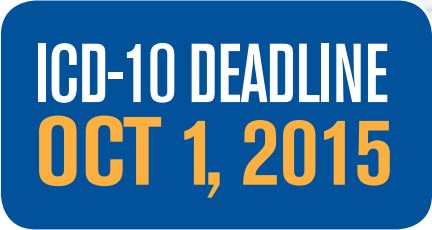#1 Supreme Court Saves Obamacare
What Happened?
A key provision of the Affordable Care Act (ACA), Obama’s landmark healthcare reform legislation, remained intact after a 6-3 Supreme Court decision. Many credit this decision to keeping healthcare reform from unraveling, which would have impacted millions of Americans who have enrolled through Health Exchanges since January 2014.
The Law
Since 2014, the Affordable Care Act requires all Americans to buy health insurance if they are ineligible for Government programs like Medicaid and Medicare. So anyone earning between 138-400% of the Federal Poverty level ($16,000 – $40,000 per year for an individual) could receive financial help (tax credits) to make the monthly costs of health insurance more affordable. However the law specficially states that financial help is available to people who enroll in “an Exchange established by the State”.
There is however an exemption to the mandate of buying insurance if the cost of the health plans are more than 8% of the buyers annual income.
The Case
The King v. Burwell case involved four people from Virginia who did not want buy health insurance. They believed it was unconstitutional to be compelled by the government to buy it. The plaintiffs wished to use the exemption stating that since Virginia was one of the 27 states that did not build their own Health Exchange, they were not eligible for financial help. Without that financial help all the plans available to them would be more than 8% of their income meaning they would not have to buy insurance.
You see, not every state decided to create their own Health Exchanges. In fact, there were 13 State that built their own Exchanges, 4 that were supported by the Federal government, 7 that entered into partnerships with the Federal government, and 27 states that were fully Federally facilitated exchanges. Virginia was one of those Federally facilitated exchanges.
The Outcome
The Supreme Court found that even though the letter of the law states financial help is only available to states that created their own Health Exchanges, the spirit of the law intended for all Americans to receive financial help even in instances where the Federal Government created the Health Exchange.
With financial help, the plaintiffs could buy plans less than 8% of their annual income, which meant they had to buy a health plan or face financial penalties.
What Does It Mean?
Many think this decision was truly the savior of the Affordable Care Act. 75% of the 12 million Americans who purchased healthcare through these Health Exchanges received financial help. If the decision went the other way, millions of Americans would have owed much more money per month for their health plan and would have most likely dropped coverage and remained uninsured.
More details on the court case – http://www.supremecourt.gov/opinions/14pdf/14-114_qol1.pdf



















